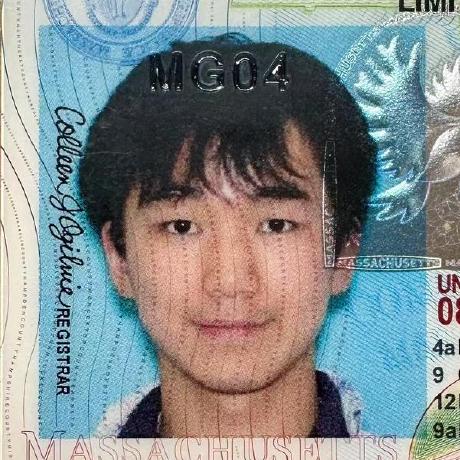Circuit-Cim: SPICE in C
Published:
Contents
- Intro to SPICE Algorithm (this article)
- Framework and your first circuit!
- More Static Linear Components
- Nonlinear and Diode
- MOSFET
- Time Variance
- Applications
Intro
CircuitCim is my part of the CESS 4840 Embedded Systems final project CircuitSim, an FPGA-accelerated analog circuit simulator. I call this part CircuitCim, or MGSpice :)
CircuitSim is a state-of-art 4840 final project. It perfectly blends software, hardware, and circuits together, allowing us to simulate circuits on FPGA logic circuits. It developed from a Gaussian elimination accelerator, to solving circuits with resistors, capacitors, diodes, to modeling MOSFETs, to NOT gates, to NAND gates, to DFF, and culminates in building a 555 chip from scratch, a perfect combo of analog and digital circuitry
Meanwhile, CircuitSim (and CircuitCim) is a piece of crap: a lot of crappy code (we did get rid of all instances of “vga” and “ball”, which is better than 80% of the teams :)), crappy documentation, and some things didn’t entirely work. Nevertheless, I was pretty proud about this project, so did Edwards and his TA team.
Solving a circuit is not trivial. You’ll need to solve a system of nonlinear multivariable differential equations. CircuitCim approaches each aspect incrementally
In this article, I will break down the code design, and you can learn how to write your own SPICE from scratch!
SPICE Algorithm
Nothing can explain this better than just a diagram:
Future work
This is not an exhaustive list
- Make a GUI. Edwards suggests with touchscreen and stylus
Consider getting a screen with a stylus or a touchscreen (I have some that could work; one group used it to make a drawing program a few years ago) so that you can make the interface to the simulation engine easy to control (e.g., to enter circuits and control their simulation) and display in a nice way, e.g., using colors and “current dots” like the Falstad simulator. This should be possible on the FPGA by using some sort of clever tile-based display with palette control.
- Make nonlinear hardware component fully work
- Optimize Gaussian hardware, allow some parallel computation and reuse some internal registers
- Use double precision FP numbers
- Write better report and slides
- Clean up some code in CircuitCim
- Use trapezoidal method
- Move some of the Newton’s method stuff in hardware
- Reduce the number of SW calls
Please contact me for any errors/questions!
